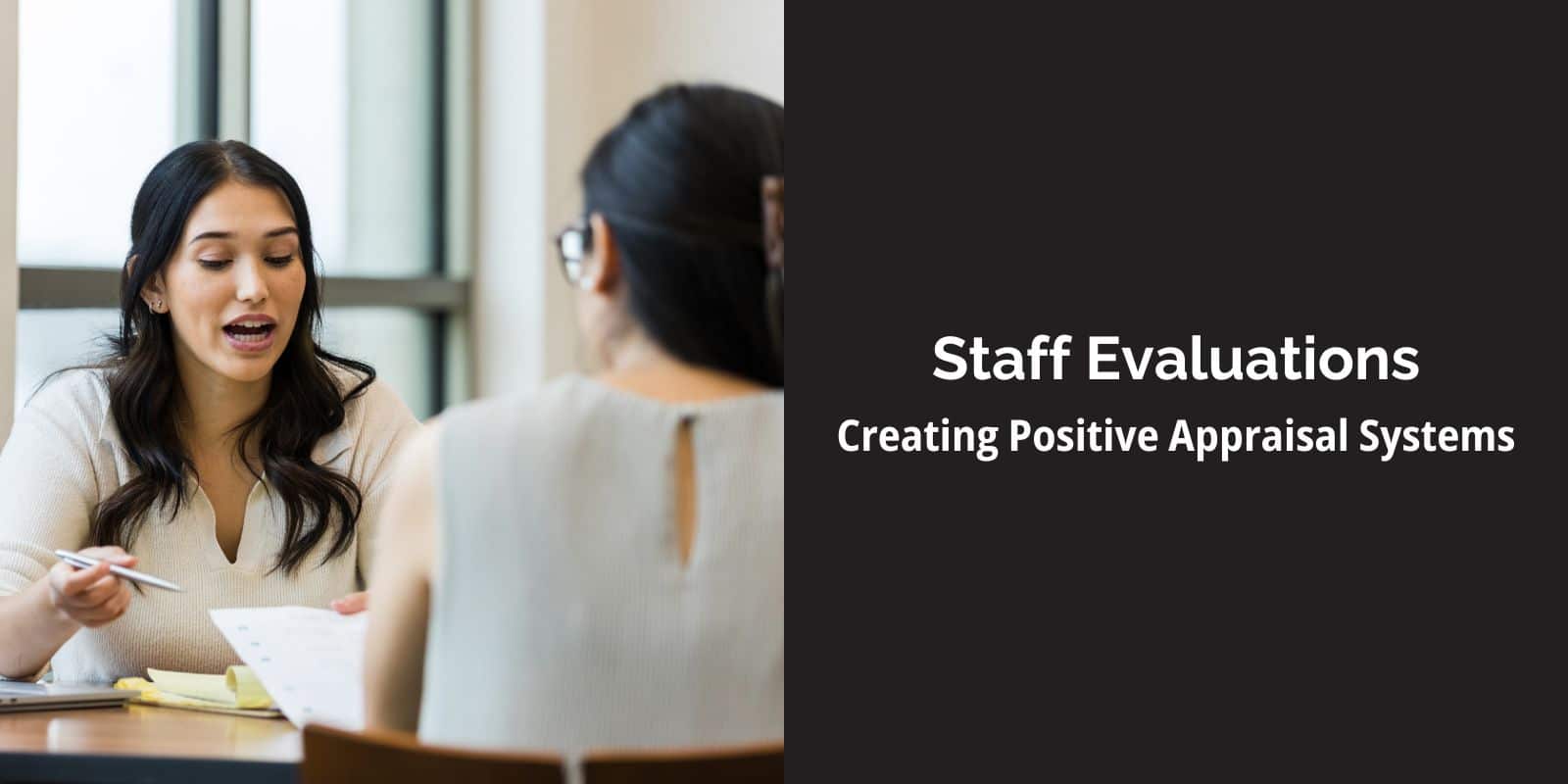Estimated reading time: 6 minutes
Churches that are blessed with sufficient resources to pay employees have a responsibility to help those employees perform well by providing feedback.
This feedback is typically done by doing an annual performance evaluation.
A performance appraisal is a tool that is used to rate how well employees are meeting the expectations of the job, the employee’s job description, and goals.
Doing so helps the employee understand what they can do to improve their performance, rewards employees for doing a good job, and serves as a tool to determine appropriate raise distribution.
For instance, it is common for organizations to ask employees to do a self-assessment so that they can reflect on their performance.
Hopefully, your church has a schedule for conducting performance evaluations so that employees understand how well they are meeting expectations.
What To Consider When Doing Performance Evaluations
Many organizations promote front-line employees to supervisors without providing adequate training for the new role of managing others.
This lack of training can result in front-line supervisors making subconscious mistakes in performance evaluations.
These subconscious errors result in confusion, hurt feelings, and unnecessary anxiety for employees.
What Are Rater Errors?
Since we are all human, it is common for managers to make subconscious errors when assessing employee behavior and preparing a performance appraisal document.
These rater errors are reflective of our subconscious biases toward the employee.
These biases can give an employee an unfair advantage or disadvantage over others in their peer group.
In the book Human Resource Strategy, Dreher/Dougherty defines rater errors as being reflective of our imperfect judgment of others.
“A barrier to the accuracy and credibility of performance measures is posed by a number of rater errors, perceptual biases and other sources of distortion in performance ratings”. Dreher/Dougherty
It is for this reason that it is important to understand these biases and take them into consideration when preparing a performance appraisal document.
So, what are these rater errors?
There are six errors that we all make when assessing the performance of others. Being aware of these can help supervisors avoid these mistakes.
1. Halo Effect
The Halo Effect is when a rater’s overall positive or negative impression of an individual employee leads to rating him or her the same across all rating dimensions.
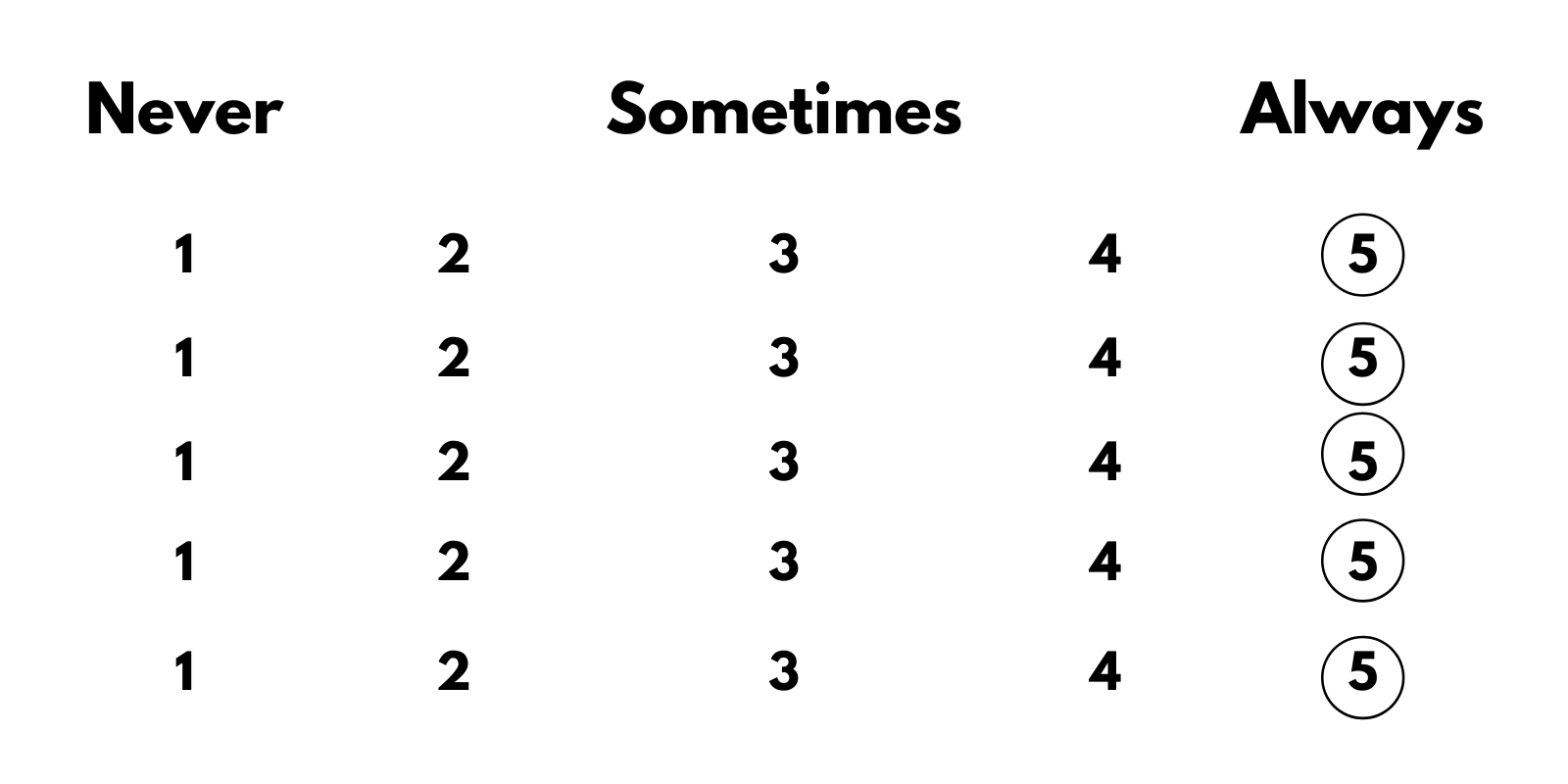
This is when a manager really likes or dislikes an employee and allows their personal feelings about this employee to influence their performance ratings of them.
Think of that favorite employee that you might golf with, or that problem employee you might have a personality conflict with, and ask yourself – am I being objective with this assessment?
2. Leniency Error
Leniency error is when a rater’s tendency is to rate all employees at the positive end of the scale (positive leniency) or at the low end of the scale (negative leniency).
Sometimes, our emotions determine how we rate an employee, and this emotional response may not be objective.
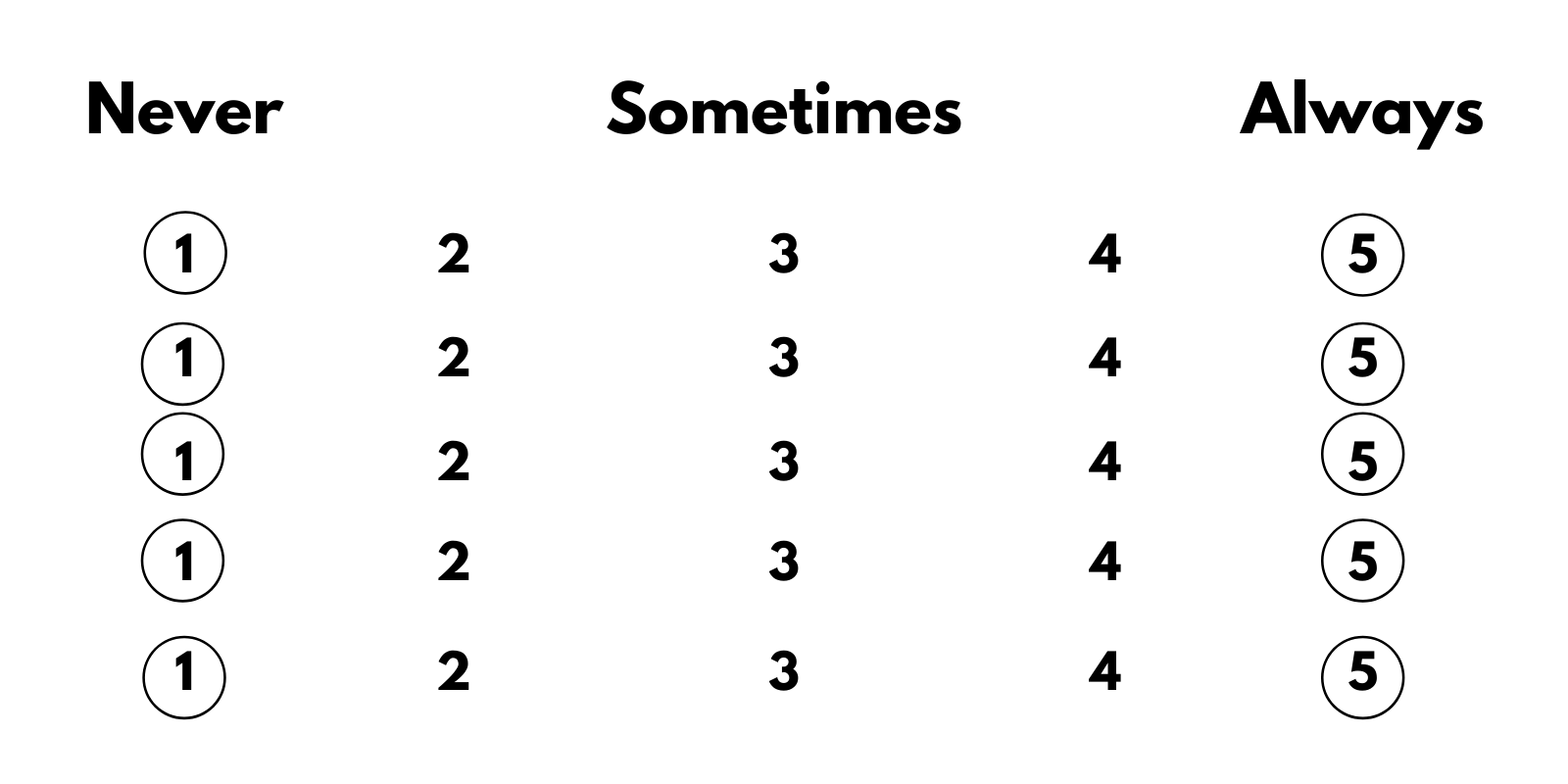
This can happen when a manager over-emphasizes either positive or negative behaviors.
3. Central Tendency Error
Central tendency error is the raters’ tendency to avoid making “extreme” judgments of employee performance resulting in the rating of all employees in the middle part of a scale.
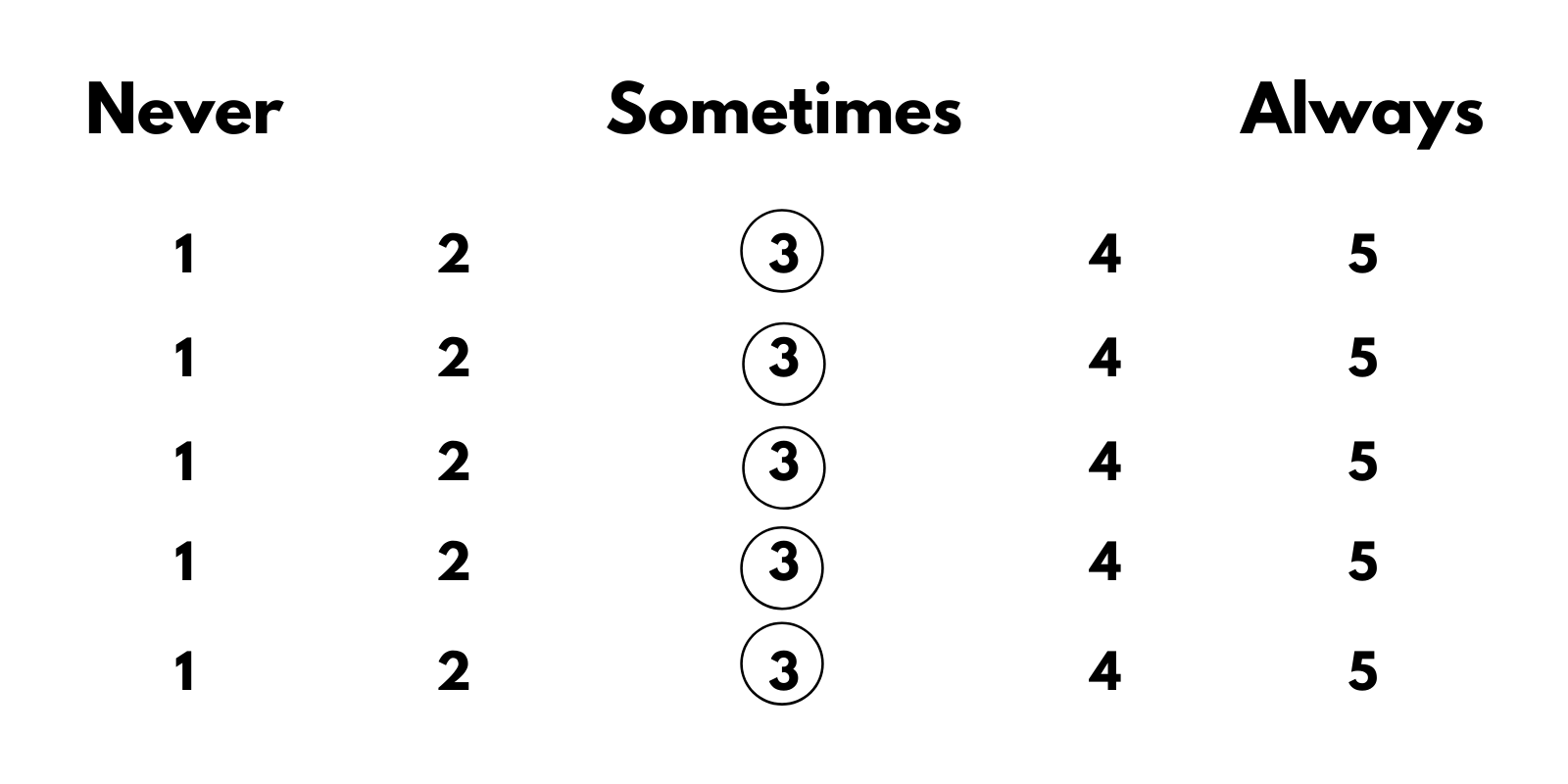
This can happen either when a manager is not comfortable with conflict and avoids low marks to avoid dealing with behavioral issues, or when a manager intentionally forces all employees to the middle of the scale.
4. Recency Error
Recency error is the rater’s tendency to allow more recent incidents (either effective or ineffective) of employee behavior to carry too much weight in the evaluation of performance over an entire rating period.
This can be extreme on both ends of the spectrum.
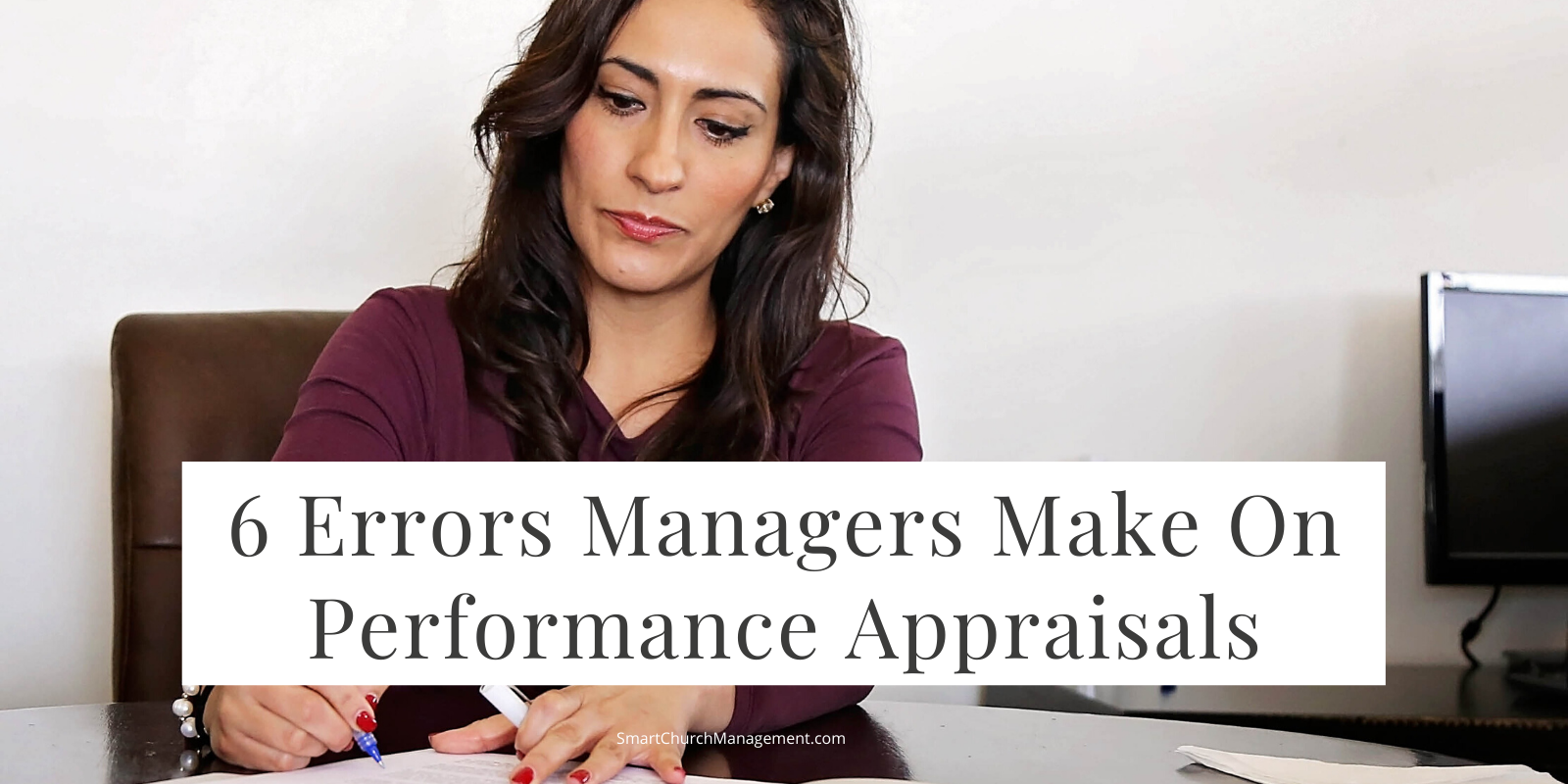
Either an employee just finishing a major project successfully, or an employee may have had a negative incident right before the performance appraisal process, and it is at the forefront of the manager’s thoughts about that employee.
It is for this reason that keeping accurate records of performance throughout the year to refer back to during performance appraisal time is so important.
5. First Impression Error
First impression error is the rater’s tendency to let their first impression of an employee’s performance carry too much weight in the evaluation of performance over an entire rating period.
An example of this would be a new employee joining the organization and performing at high levels during their “honeymoon” period and then possibly losing some of that initial momentum.
6. Similar-to-me Error
Similar-to-me error is when the rater’s tendency is biased in performance evaluation toward those employees seen as similar to the raters themselves.
We can all relate to people who are like us, but we cannot let our ability to relate to someone influence our rating of their employee performance.
Since human biases can easily influence the rating process, it is important to create objective measures for rating performance.
Observing behaviors and using available technology to help track performance can reduce some of the biases in the rating process.
Which of these errors have you made?
If you would like more information on the human resource function, you can check out the book that was referenced in this article: Human Resource Strategy: A Behavioral Perspective for the General Manager.
Learn more tips for managing employees by enrolling in our Staff Evaluations training course, where you will learn how to motivate, develop, and reward employees. Use coupon code: Take10off to get 10% off your registration.
